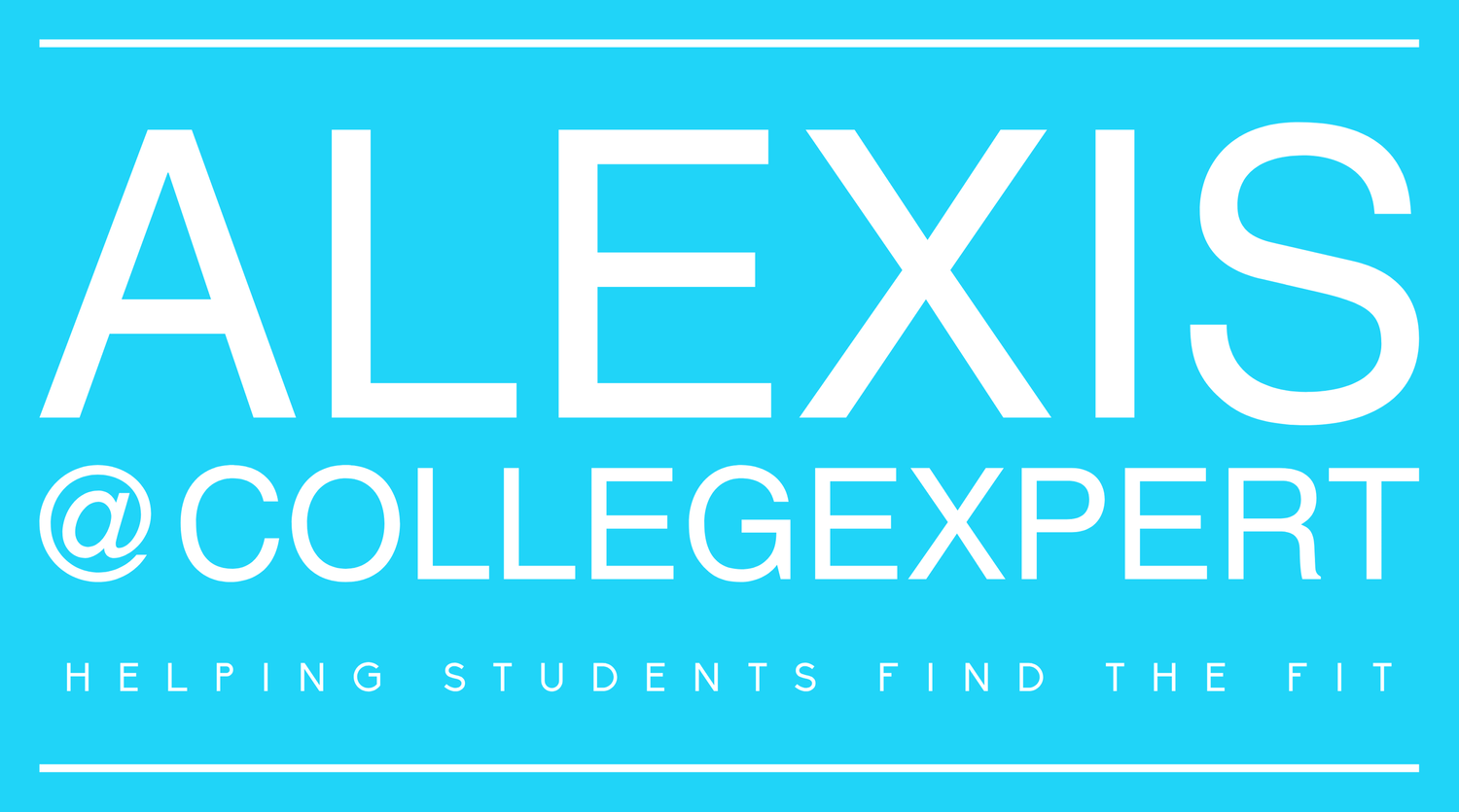College Crisis Isn’t Killing Hope—Students Are Still Enrolling
Despite earlier concerns about declining education rates, college enrollment across the United States has rebounded dramatically, with a record 4.5% surge in 2024 bringing total student numbers to approximately 19.2 million. This unprecedented growth signals a significant shift in enrollment trends, with undergraduate programs welcoming 16 million students and graduate programs hosting over 3 million.
The demographic landscape shows women making up 54% of undergraduates and 58% of graduate students, while student demographics continue to diversify with White students comprising 40% of undergraduates and Hispanic students representing 19%.
You'll find public institutions leading the charge, accounting for nearly 70% of all enrollments. Community colleges have experienced remarkable growth with a 4.7% increase overall and a 6.2% rise in freshman enrollment. This trend reflects your growing interest in affordable education options that provide flexible pathways to degrees.
Students are increasingly evaluating financial aid options when making college decisions, including grants, scholarships, and loans that can significantly reduce overall costs. Completing the FAFSA application is a critical first step for accessing various types of financial assistance that can make college more affordable.
Early financial planning is essential for identifying all potential funding sources and developing effective budgeting strategies. Many students benefit from working with admissions counselors who provide personalized guidance through the complex application process and help identify suitable college options based on individual profiles.
Public four-year universities maintain their dominant position, educating 42% of all college students nationwide. The graduate education sector isn't lagging behind, showing a robust 3.0% growth that actually outpaces undergraduate enrollment increases. If you're considering advancing your education, you're joining over 2 million students in master's programs.
Adult learners are returning to education in unprecedented numbers, with enrollment among students aged 25 and older jumping by nearly 20%. The data shows that 16% of undergraduates are over 30 years old, demonstrating higher education's appeal across age groups. Online and flexible learning options have transformed how you can pursue higher education. Currently, 30% of students attend exclusively online programs, while 60% take at least one distance education course. Community college programs with vocational focus saw an impressive 13.6% growth in enrollment, highlighting the value of career-oriented educational pathways.
This shift accommodates diverse scheduling needs, particularly benefiting part-time students who make up 35% of the total enrollment. Looking ahead, undergraduate enrollment is projected to grow by 9% by 2031, reaching approximately 16.8 million students. These promising figures suggest that despite earlier concerns about a "college crisis," higher education remains a valued pathway for career advancement and personal development.
Business continues to be the most popular major, though STEM and healthcare fields are gaining momentum as students align their educational choices with evolving job markets.
The data clearly shows that higher education's adaptability to changing student needs has helped reverse previous enrollment declines, ensuring the college experience remains relevant and accessible for millions of Americans.

